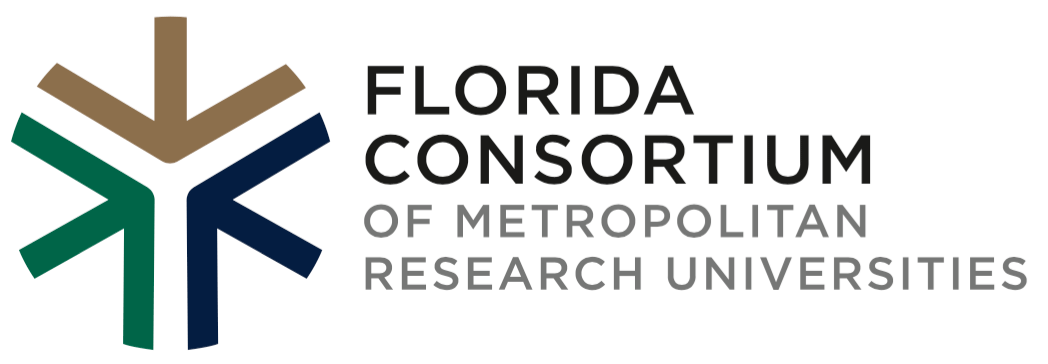What does Florida look like in the future? How do we prepare for the influx of over 6 million more residents by 2030? Where are citizens going to work, go to school, and make a life? These deep questions were at the center of the Florida Chamber of Commerce third annual Learners to Earners Workforce Summit. The event brought over 300 leaders from business, non-profit, education, government, and philanthropy together to discuss education and workforce needs. Mark Wilson, president of the Florida Chamber of Commerce, kicked off the summit and set the stage for thoughtful inclusive discussions. He reviewed the current state of affairs and the economy. According to Wilson “talent is quickly replacing the tax incentive as the economic development tool of choice.” In fact, cities such as San Francisco and Seattle have won high profile new business contracts because of their ability to deliver talent at scale. Talent can help us compete more effectively and support the state’s economic development endeavors. This is an area of strength for the Florida Consortium of Metropolitan Research Universities. Each year member institutions: Florida International University, University of Central Florida and University of South Florida produce over 32,000 new bachelor’s degrees, many in areas of strategic importance that employers in Florida value the most. This level of production and delivery also helps to diversify our workforce. Adam Putnam, State Agriculture Commissioner also joined the Learners to Earners Workforce Summit discussion and stressed the importance of diversifying our talent pool. According to Putnam, “Diversity is a strength for the Sunshine State and because of that we can’t have a cookie cutter approach to education.”
In summary, some of the major takeaways from the Learners to Earners Workforce Summit include:
- Erin Grail, Florida State Representative highlighted Florida’s efforts to improve early childhood education.
- Marshall M. Criser, chancellor of State University System of Florida; identified co-curricular experiences as an important tool in employability skill development.
- Adrienne Johnston, director of Florida Department of Economic Opportunity pointed out “Soft skills are twice as likely to be lacking as technical skills and that colleges and universities need to help students develop these skills.”
- Scott Jenkins of the Lumina Foundation outlined Florida’s drive to 55 by 2025 program and traction to date. If achieved, 55% of Floridians would earn a post-secondary degree or certificate by 2025.
- Dr.Jerry Parrish, Florida Chamber Foundations’ chief economist highlighted the Florida Scorecard and the 242,000 job openings and over 391,000 people looking for jobs.
How the Florida Consortium fits in: The Florida Consortium embraces a multivariate approach to degree production that includes opportunities on-campus, online, and strong transfer articulation agreements. Over half of the students from member institutions are the first in their families to go to college and or transfer to four year institutions. Mark Wilson posited: “business and industry need to understand where the talent is and how it is being constructed. Businesses cannot respond to what they don’t know. ”Higher education and business must collaborate to address talent gaps.
The Florida Consortium is dedicated to idea acceleration to ensure every student is successful and ready for a career of purpose.
- The Florida Consortium will introduce a formal strategic plan during the September Florida Board of Governors meeting in Sarasota, Florida September 12 -13.
- The Florida Consortium’s strategic plan will provide a best practice and task list aimed at formalizing Consortium relationships
SOME PROVOCATIVE READINGS TO LEARN MORE
Florida College Access Networks From Transfer to Targeted Pathways Report
Florida Chamber’s Less Poverty, More Prosperity Report
Florida Chamber Jobs 2030

